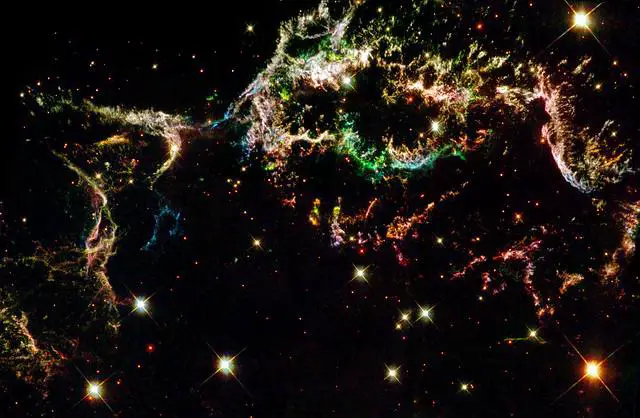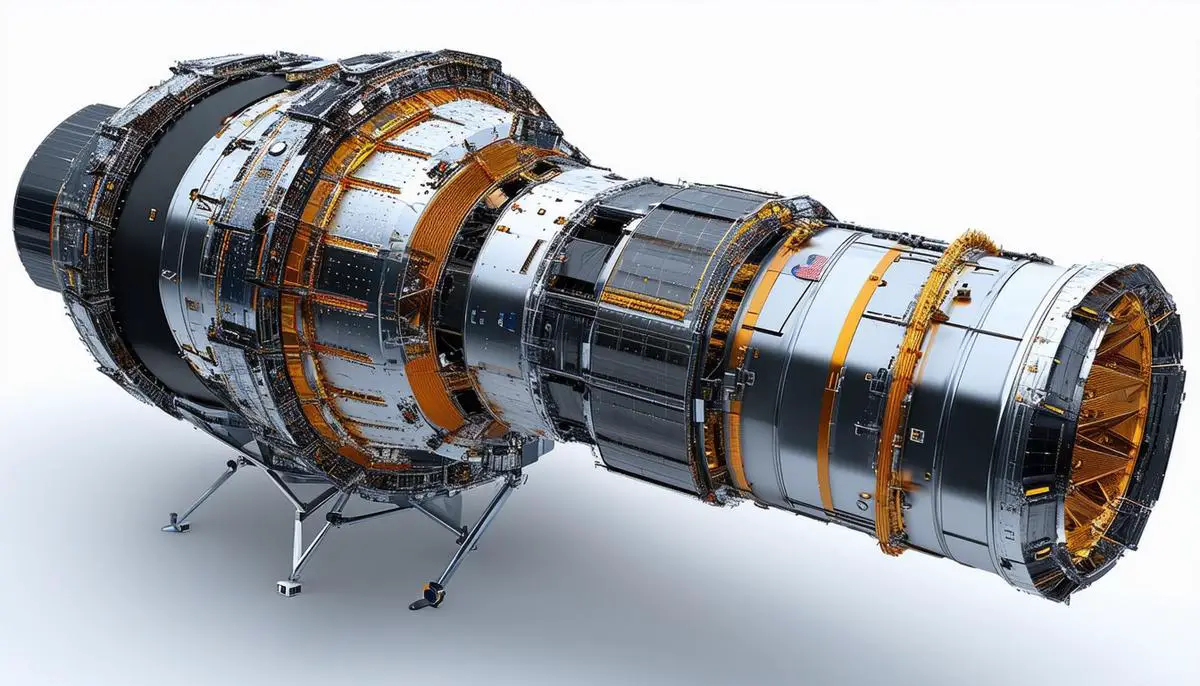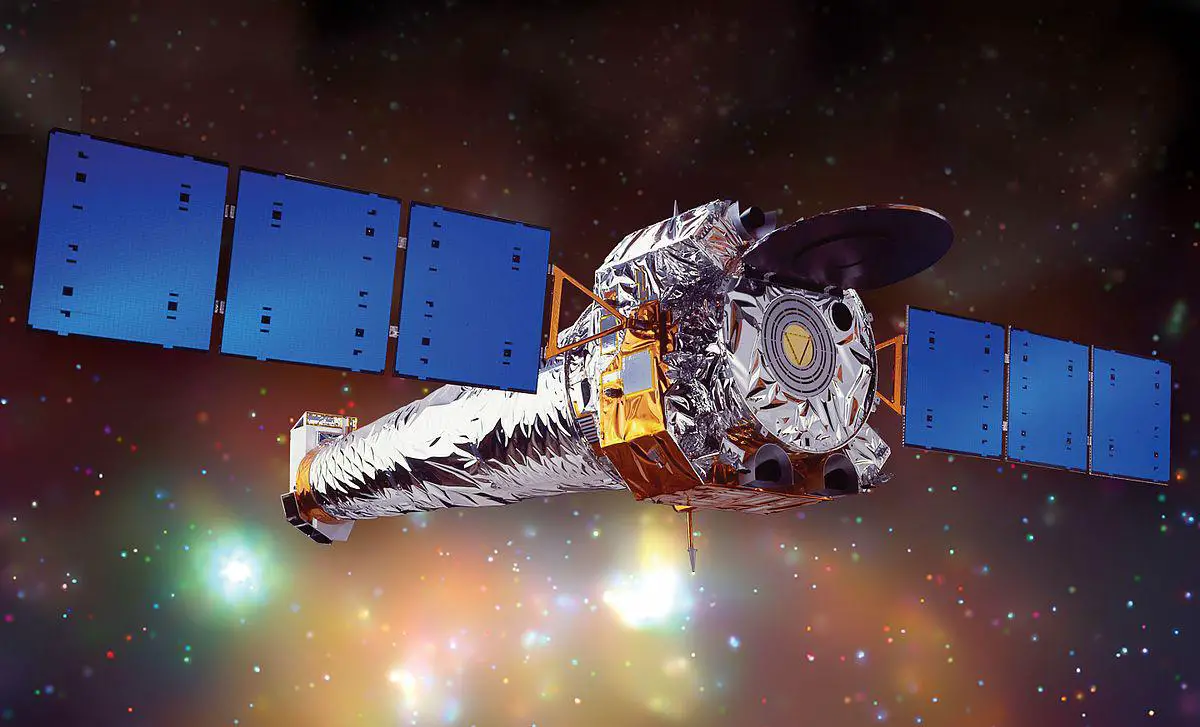From the moment it launched on July 23, 1999, the Chandra X-ray Observatory offered an unrivaled perspective into the intricate details of our universe. One of its first images, capturing the remains of the supernova Cassiopeia A, highlighted its extraordinary potential. This snapshot revealed forward and reverse shockwaves, embers from a cosmic explosion long gone, foreshadowing Chandra's enduring value to astronomy.
Over its two-decade span, Chandra continually expanded our understanding of cosmic phenomena. Black holes, once mathematical curiosities, became tangible realities as scientists observed X-rays emanating from around them, illuminating the circumstellar regions where gravity pulls harder than anywhere else in the universe.
Supernova remnants were another crucial focus. Chandra detected the erratic remnants of past explosions like ghostly claws through time and space. The "cosmic hand," formed from the remnants of MSH 15-52, became an iconic image, contributing not just to science but also to the public's imagination.
The telescope's ability to study dark matter also proved transformative. By observing galaxy clusters and their gravitational effects, Chandra provided compelling evidence that dark matter, though invisible, wields immense influence over the universe's structure. The Bullet Cluster's observations offered the first direct proof that dark matter exists separately from normal matter.
But Chandra's impact extended beyond high-profile discoveries. It shed light on galactic formations, identifying Type 2 quasars and observing black hole binaries. It even pointed its lens at our closest star systems, like Alpha Centauri, suggesting conditions around Alpha Centauri A are slightly better for potential life than those near our sun.
Chandra's revelations are profound, offering insights into:
- Supernova remnants
- Dark matter dynamics
- The intricacies of cosmic magnetic fields
Its unique capabilities extend to even the most exotic celestial events, like the collision of neutron stars in 2017, where it provided crucial X-ray data complementing gravitational wave observations.

Recent Financial Challenges
The recent budget cuts announced in March have cast a shadow over Chandra's future. Slated for a reduction of nearly $1 billion from NASA's requested funding, the impacts are profound and immediate. For the upcoming year, only $41 million has been allocated for operations, dwindling further to $25 million the year after—figures starkly short of the $70 million needed annually.
This challenging budget environment necessitates difficult decisions. These financial constraints threaten to halt Chandra's mission, putting it in a precarious position, barely supported enough to transition into a proper shutdown.
The scientific community has voiced substantial concern. David Pooley noted the loss would be "disastrous for X-ray astronomy," as Chandra's ability to adapt and focus on dynamic, transient events is invaluable.
One key challenge is Chandra's age-related maintenance. Since 2005, a gradual temperature increase has necessitated increasingly complex thermal management, which requires significant resources. Without adequate funding, crucial adjustments may be left undone, potentially compromising data quality and reliability.
Moreover, the uncertainty surrounding Chandra's future casts doubt on the continuity of X-ray astronomy. With the next major X-ray telescope not expected until 2032, this gap could lead to a loss of expertise, hampering research momentum. The collaborative efforts with instruments like JWST would also be stymied, constricting our pursuit of understanding the cosmos.
Despite these dark financial clouds, the scientific community remains hopeful that advocacy and public support might prompt a reevaluation of the budget cuts. Advocates continue pressing for the restoration of funding, recognizing Chandra's invaluable legacy and ongoing insights.

Future Prospects and Alternatives
If Chandra's mission winds down, NASA plans to transition to minimal operations, finalizing data and source catalogs, documenting calibration data, and ensuring essential scientific products are preserved. This structured wind-down aims to safeguard Chandra's rich legacy, even if its operational life is curtailed.
Upcoming reviews could be pivotal, potentially yielding a reprieve or unlocking alternative funding avenues. In the interim, NASA is pivoting towards initiatives like the Imaging X-ray Polarimetry Explorer (IXPE), which complements Chandra's capabilities with precise polarization data.
However, IXPE alone cannot fill the void Chandra might leave. Without both observatories' contributions, the field of X-ray astronomy risks contraction, highlighting the importance of maintaining diverse observational tools.
NASA's long-term strategy involves launching the next major X-ray telescope in 2032. Nevertheless, the gap between Chandra winding down and the new telescope's deployment could undercut the momentum built over past decades.
The ramifications extend beyond mere data. Graduate students and emerging scientists depend on Chandra for training and research, forming the bedrock of future discoveries. If decommissioned, an intellectual gap could arise, creating a hiatus in expertise that would be difficult to bridge.
While ESA's XMM-Newton observatory contributes complementary X-ray data, the collaborative global efforts between various space agencies demonstrate resilience. Should Chandra wind down, NASA's commitment to documentation and preservation ensures its legacy endures, with amassed data and calibrations remaining accessible.
Continuing advocacy from the scientific community could stimulate reconsideration or inspire new funding models. Crowdsourcing, private partnerships, or international collaborations might offer alternative lifelines.
The ongoing commitment to X-ray astronomy through initiatives like IXPE and future projects represents optimism. The resilience of this field owes much to the foundational work of observatories like Chandra, whose influence will reverberate long after its active years conclude.

- Weisskopf, M. C., Tananbaum, H. D., Van Speybroeck, L. P., & O'Dell, S. L. (2000). Chandra X-ray Observatory (CXO): overview. In X-Ray Optics, Instruments, and Missions III (Vol. 4012, pp. 2-16). International Society for Optics and Photonics.
- Baganoff, F. K. (2003). Observing the dynamics of the galactic center: Chandra's contribution. arXiv preprint astro-ph/0312066.
- Vikhlinin, A., Markevitch, M., Murray, S. S., Jones, C., Forman, W., & Van Speybroeck, L. (2005). Chandra temperature maps for galaxy clusters. The Astrophysical Journal, 628(2), 655.
- Margutti, R., Berger, E., Fong, W., Zauderer, B. A., Troja, E., Fruchter, A. S., … & Baring, M. G. (2017). The electromagnetic counterpart of the binary neutron star merger GW170817. The Astrophysical Journal Letters, 848(2), L20.
![]()
